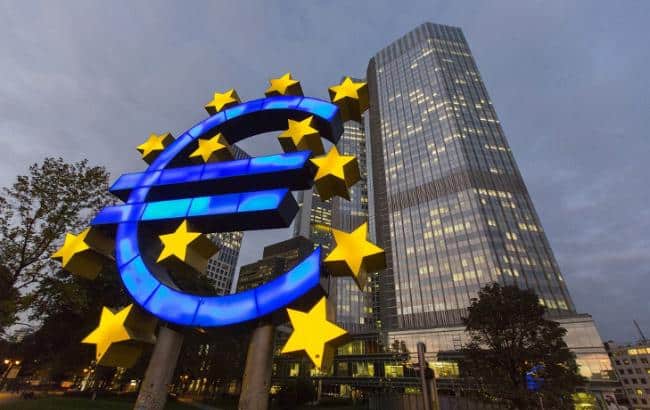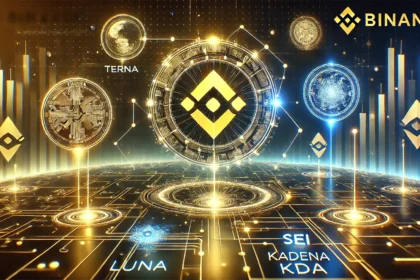Piero Cipollone who is part of the European Central Bank’s (ECB) Executive Board has called out the board. He recently suggested for Europe to adopt digital assets and distributed ledger technology (DLT). His goal is to help build a more integrated capital markets union.
Cipollone spoke at the Bundesbank Symposium on the Future of Payments on October 7. He explained how digital technologies can transform Europe’s divided financial system. This change could lower intermediation costs and make markets work better.
Cippollone Outlines What Will Make the Financial Space Inefficient
Cipollone remarked that ECB has more than 35 different listing exchanges and 41 trading platforms. This makes for a borderline inefficient and fragmented financial space. He observed that even such projects as the TARGET2-Securities platform, which seeks to achieve the assimilation of securities settlements within Europe, still faces a considerable degree of headwinds. Solutions like geographical restrictions or even legal clouts are missing in integration.
He highlighted the fact that there is no way Europe will take full advantage of a linked capital market without clear principles for custody of assets, taxation, and supervision. Such disintegration of capital markets is detrimental to Europe as these markets become non attractive on the global stage. Cipollone called on EU member states to reach an agreement on the regulation as quickly as possible.

He said: “The lack of a unified supervision or a permanent safe asset has left Europe’s capital markets fragmented.”
ECB Makes Moves on DLT Market Integration
The EU is taking steps toward better integration, but Cipollone believes these efforts need to ramp up, especially with the growing presence of digital assets. Tokenization, which involves issuing assets on distributed ledger technology (DLT), presents a chance to build a more efficient system right from the start. This approach can help avoid the inefficiencies found in traditional markets.
Cipollone pointed out that tokenization can drive major changes in finance. It can greatly enhance liquidity and lower transaction costs. Unlike traditional financial assets, digital assets on distributed ledgers don’t depend on a central database. Instead, they function on a synchronized network of decentralized traders.
“This could mark the shift from centuries-old bookkeeping systems to a future of decentralized, real-time transactions,” Cippollone added.
Cipollone Calls for Swift Action Towards the Suggestion
He mentioned that more than 60% of ECB banks in the EU are looking into DLT solutions, and 22% are already using them. However, he added that the full potential of DLT has yet to be realized.
Cipollone called on public authorities to move quickly in supporting the shift to digital markets, making sure central bank money remains a vital settlement asset in this process. He suggested the idea of a European ledger, a shared platform where digital assets, central bank money, and commercial bank money could operate together on systems that work seamlessly with each other.

Cippollone added that the ledger is there for financial institutions, central securities depositories (CSDs), and market players to get services on a shared system. This could lower entry barriers and help bring capital markets closer together.
He also cautioned that if DLT adoption isn’t coordinated, it could deepen existing divisions as countries and institutions create separate platforms. The ECB executive urged regulators, central banks, and market participants to work more closely to make sure Europe stays ahead in creating a unified digital capital market.
Tokenization offers more than just improved efficiency. By taking action now, the European Central Bank (ECB) can build a unified financial system that will support Europe’s markets in the digital age.
Stay in touch with TheBITJournal follow on Twitter and LinkedIn, and join the Telegram channel to be instantly informed about breaking news!




























